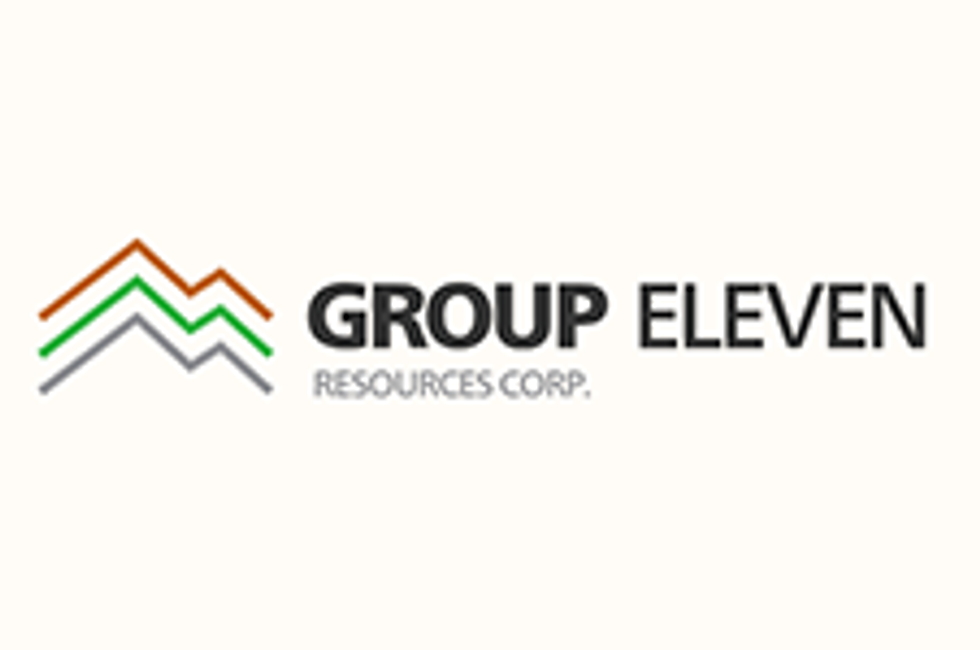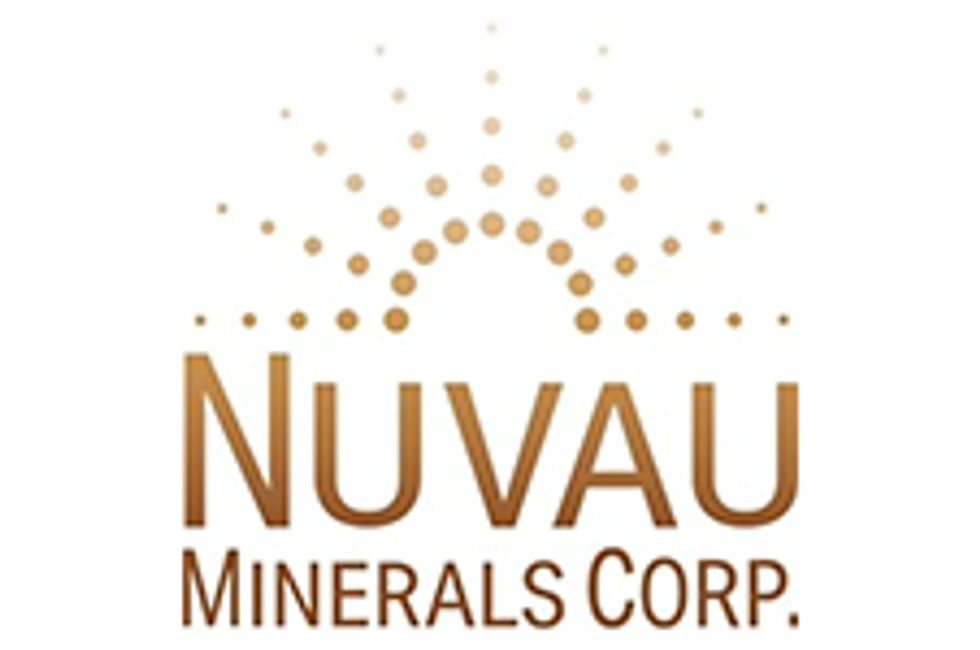Heron Resources Frees Up Register to Progress Woodlawn
The last of Heron’s two major cornerstone investors has now exited, freeing the company up to progress its major strategic change of direction from nickel to zinc.
Heron Resources (TSX:HER,ASX:HRR) announced last Friday that the last of its two major cornerstone investors has exited the company, with Vale (NYSE:VALE) selling down its 9-percent stake via a book build to local retail and institutional investors.
That follows the departure of BHP Billiton (NYSE:BHP,ASX:BHP,LSE:BLT), which sold its 10.4-percent stake in late August in an off-market transfer to Sprott and Exploration Capital Partners 2008.
According to the company, this rebalancing of its register frees it to progress its major strategic change of direction from nickel to zinc, with the quality of its new shareholders providing a vote of confidence in its plans to develop the historic Woodlawn mine in Southeastern Australia.
Vale and BHP Billiton both took stakes in Heron some years ago, ostensibly to gain a toehold in the company’s large nickel laterite project in Western Australia. The Kalgoorlie nickel project boasts a JORC-compliant resource of 796 million tonnes at 0.7-percent nickel and 0.048-percent cobalt, making it one of the larger and higher-grade laterite projects in the region. Metallurgically, however, Western Australian laterites have proven troublesome, with multibillion-dollar failures at Murrin Murrin and Ravensthorpe cooling the enthusiasm of the majors for this type of project. The exit of BHP Billiton and Vale therefore suggests such projects are no longer a high priority.
In March 2014, Heron announced an agreed merger with TSX- and ASX-listed TriAusmin. At the time, Heron was trading at slightly less than its cash backing of AU$37.5 million, and the deal was priced to give a combined market capitalization of roughly AU$48 million, with TriAusmin shareholders holding 26.4 percent of the enlarged entity. The deal was completed in early August with the company’s value today some 30 percent above the level at which the deal was pitched; that’s largely a result of a strengthening zinc price. Importantly, Heron sought and received approval from the TSX to assume the Canadian listing of TriAusmin.
Woodlawn is a zinc-dominant, polymetallic VMS deposit that was discovered near the Australian capital of Canberra in 1966. Mining commenced in 1978, with 8 million tonnes of ore extracted from the starter open pit up until 1987. Mining then moved underground, and an additional 5.5 million tonnes of ore were extracted, with the mine closing in 1998 on the back of low metal prices, a slump that continued through to 2005.
TriAusmin purchased the mothballed project in 1999, carrying out some expansionary drilling before ultimately agreeing to the tie up with Heron.
The planned mineral extraction project is predicated on two sources of metal:
- The Woodlawn Retreatment Project (WRP), which is focused on historical tailing dams that contain significant quantities of metal and for which a reserve has been defined at 11.2 million tonnes at 2.2-percent zinc, 1.3-percent lead, 0.5-percent copper, 31 grams per tonne (g/t) silver and 0.3 g/t gold.
- The Woodlawn Underground Project (WUP), which is focused on the remnant underground workings, which have an in situ resource of 10.1 million tonnes at 10.2-percent zinc, 4-percent lead, 1.88-percent copper, 84 g/t silver and 0.6 g/t gold.
In addition, recent drilling completed by TriAusmin from 2012 to 2013 discovered previously unknown extensions to the high-grade mineralization that the new company has stated will be the subject of urgent follow up.
The company has yet to release economic figures for the planned developments other than to say they will be the subject of feasibility studies. However, the recent resurgence in zinc prices and forecasts of ongoing shortages have heightened interest in the metal, with special attention given to projects with the potential to be brought online quickly.
Heron is amply funded to carry out its program in the medium term and so will not need to tap the markets for some time. The project is high grade, has several key permits already grandfathered in place and is well located near to population centers, required infrastructure and transport.
A mixed reverse-circulation/diamond drill program of 12,500 meters commenced last week at Woodlawn. It is aimed at extending mineralisation intersected in 2012 to 2013 with a view to updating the JORC resource in the medium term, as well as geotechnical drilling for the planned box cut and access decline.
Further work will concentrate on regional exploration and better defining the flow sheet for the WRP.
The company has provided a target of Q1 2015 for completion of a preliminary economic study.
Securities Disclosure: Brad George holds no investment interest in any of the companies mentioned.
Brad George is a geologist by trade, and has spent over 25 years working in the mining industry around the world in a variety of capacities. Primarily focused on exploration, Brad has gained extensive experience in iron ore, base metals and gold on five continents. He has extensive experience in the management of public resource companies.
Upon completing an MBA, Brad spent several years in London as a partner in a boutique brokerage house, developing a franchise as a rated mining and metals analyst. Brad now resides in Perth, Western Australia.

